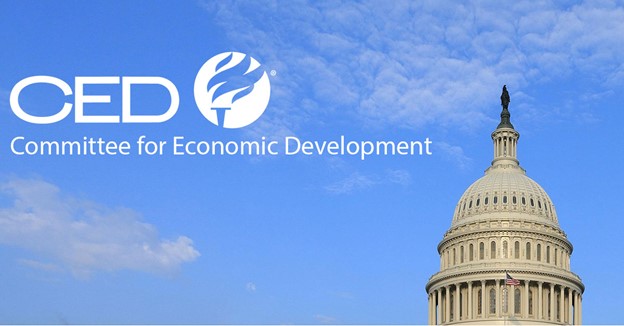Employees are looking to their leaders for stability in this time of uncertainty. In fact, according to the 2020 Edelman Trust Barometer, employees believe their employer is a more trustworthy source of information than the government.1 However, The Conference Board found many employees are still not satisfied with the communications they receive: “communication channels” is the second-highest driver of job satisfaction, but only 37.5 percent of workers are satisfied with their communication channels.2
During a crisis, clear communication between leaders and employees is even more important as miscommunications can have costly ramifications. The Conference Board recommends the following 10 actions to help leaders communicate more effectively during the COVID-19 crisis and beyond.
6 For more information on this topic, see Human Capital Management during COVID-19: Leading Virtual Teams during Crisis, The Conference Board, forthcoming 2020.
9 Devine et al., Support for Well-Being and Mental Health.
16 Devine et al., Support for Well-Being and Mental Health.
21 Parsi, “Communicating with Employees during a Crisis.”



